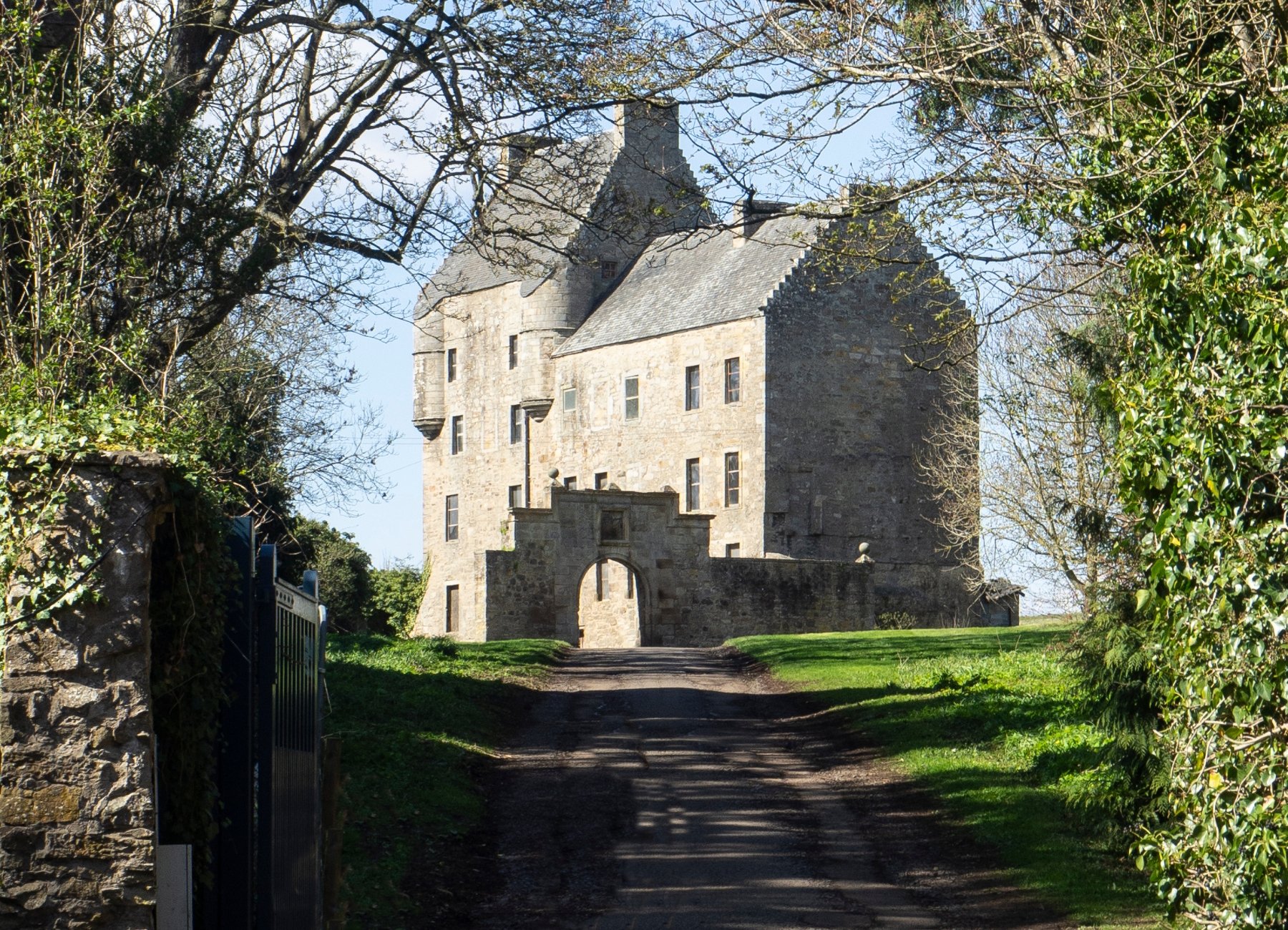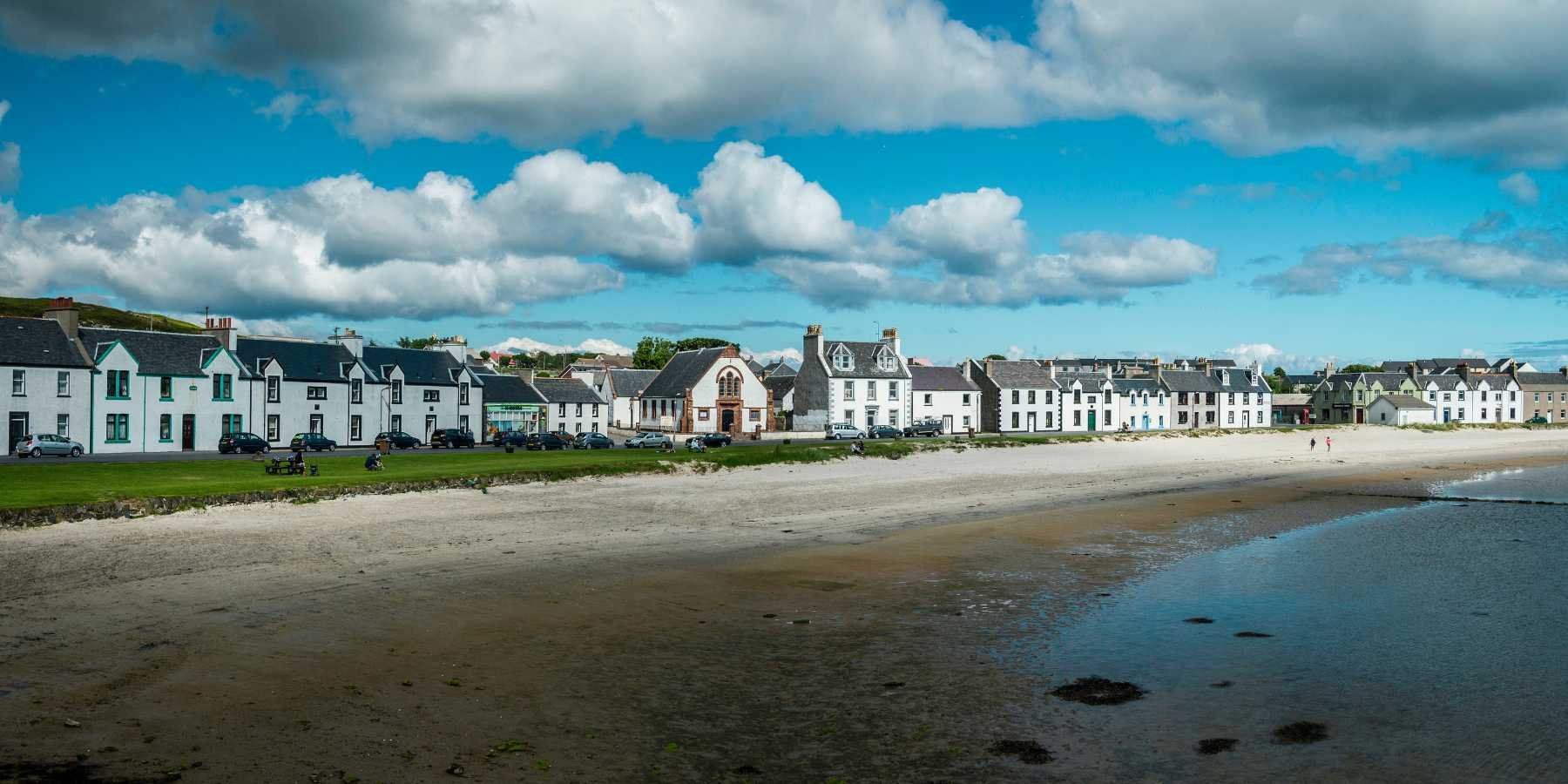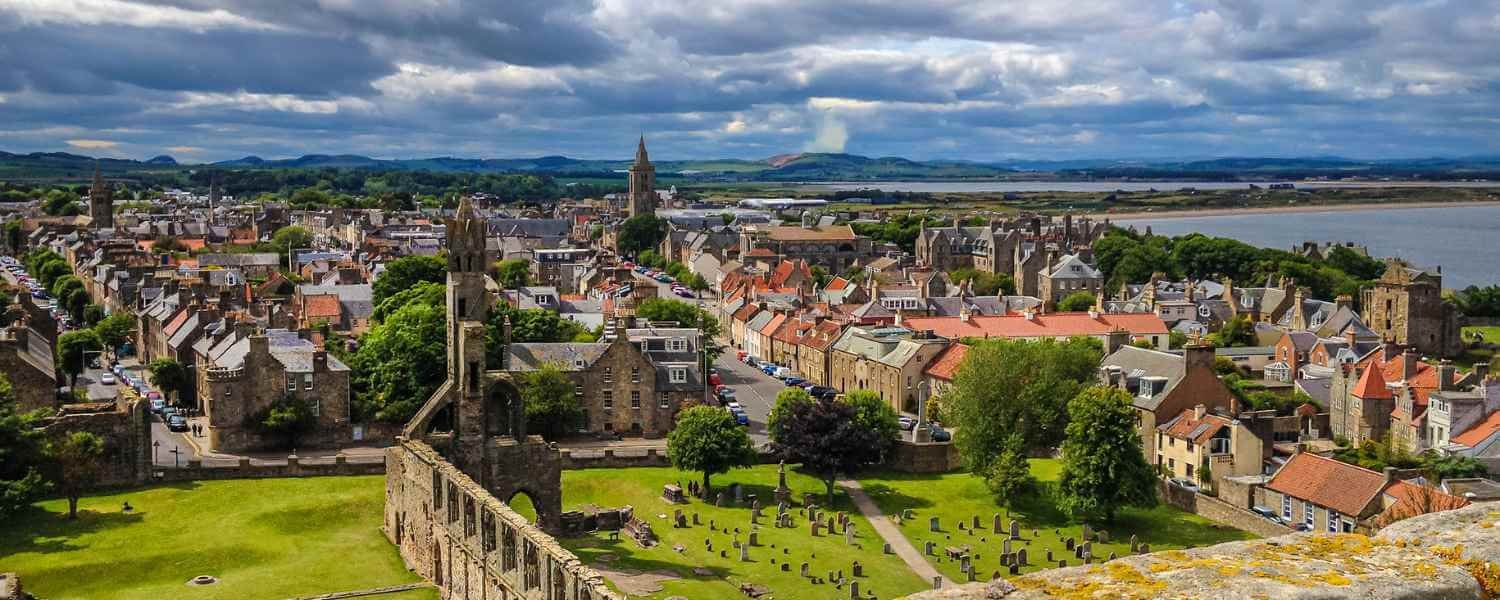William Wallace: Eternal Scottish Legend and Spirit
When we as Scots think of Scotland, a name that instantly comes to mind is William Wallace. He's the embodiment of Scotland's historical heroism, a symbol of bravery and resistance to oppression that still inspires generations today.
He was the very essence of "Braveheart”, even though that was a name given not to Wallace but another stark historical figure of the time - Robert The Bruce - but more on him later. Join me now as we delve into the life, legend and tragedy of this immortalised figure and learn why he became the face of the strong fighting spirit of Scotland.
At Scotland’s Wild, our friendly, story-telling guides have led thousands of trips through Scotland. We share history, legends and tales to entice people to visit this incredible country!
If you’d like to check-out our selection of tours, from day trips to islands hopping multi-day adventures - click here.
Early Life and Origins
William Wallace was born around 1270, but his exact location and early history is under not definitively known. What we do know is that he grew up during a time of peace for the first 13 or so years of his life during the reign of Alexander the third. That peace was short lived though as King Alexander the third died without and direct heir to the throne.
The title thus went to Alexander’s granddaughter, Margaret, Maid of Norway. Sadly, and unfortunately for the Scots, she became sick on the voyage from Norway and died in Orkney shortly after. The lack of a clear heir for the throne of Scotland created the ‘Great Cause’ with 13 separate claims to the throne - Robert The Bruces grandfather being one of the strongest.
With Scotland on the brink of civil war, Kind Edward of England (Longshanks, or even other less than favourable nicknames) was invited by Scottish nobles to arbitrate. Before he began, however, he demanded that all the contenders recognise him as Lord Paramount of Scotland, a title that would be repeatedly sought by English kings for centuries. Giving favour to John Balliol, Edward proceeded to undermine his authority and essentially create a puppet king out of him.
The Scots were soon tired of such a king and in 1295, a council of twelve, a new panel of guardians to Scotland, decided to sign a treaty of mutual assistance with France which has long been known as the ‘Auld Alliance’. Furious with this ‘betrayal’ King Edward marched into Scotland and began the ‘Wars of Independence’, subjugating Scots to forceful English oversight. Now we have the backdrop for our Scottish hero William Wallace.
Wallace’s First Acts of Rebellion
The first recorded action attributed to William Wallace was his slaying of William de Heselrig, the English High Sheriff of Lanark, in May 1297. Although we don’t know exactly what happened, the popular story is one of Wallaces wife being murdered a the Sheriffs hand, subsequently igniting Wallaces revenge - revenge that wouldn’t stop there.
Subsequently, he allied with William the Hardy, Lord of Douglas, and together, they launched a daring raid on Scone. This marked one of several uprisings unfolding throughout Scotland, alongside the revolts led by various Scottish nobles and Andrew Moray in the northern regions.
However, a setback struck when the Scottish nobility surrendered to the English forces at Irvine in July. In stark contrast, Wallace and Moray remained steadfast in their resistance, continuing their rebellious efforts. Wallace made strategic use of the Ettrick Forest as a base for launching raids, including an audacious attack on Wishart's palace at Ancrum. In a pivotal moment, Wallace and Moray eventually joined forces, possibly during the siege of Dundee in early September.
The battle of Stirling Bridge
On September 11, 1297, William Wallace and Andrew Moray co-commanded an army that stood where the now Wallace Monument stands. They surveyed the English army at Stirling castle with the Stirling bridge between them. The English army comprised 3,000 cavalry and 8,000 to 10,000 infantry, and their attempt to cross to the north side of the river ended in disaster. The narrowness of the bridge allowed only a few soldiers to pass at a time, creating an opportunity for the Scots to strike. They waited until roughly half of the English forces had crossed, then swiftly attacked those who had crossed cutting off the rest of the English army from advancing. English cavalry without space to manoeuvre and treading on the soft, wet ground around the embankment of the river, were crushed by the Scots.
Following the battle, Moray and Wallace assumed the roles of Guardians of the Kingdom of Scotland on behalf of King John Balliol. Regrettably, Moray succumbed to wounds sustained on the battlefield sometime in late 1297.
The Battle of Falkirk
In April 1298, King Edward launched a second invasion of Scotland with a formidable force of 25,781 foot soldiers, mostly Welsh, and around 1,500 cavalry. William Wallace, the stalwart Scottish leader, skillfully shadowed the English invaders, skillfully evading conflict until Edward's dwindling supplies and finances compelled a withdrawal. English logistical blunders sapped morale and led to food shortages, resulting in a riot quelled by Edward's own cavalry.
In July, Edward learned of the Scots' presence at Falkirk and rushed headlong into a decisive battle. Wallace's troops took on the form of fortified schiltrons, circular formations defended with wooden stakes and ropes.
The English, armed with deadly Welsh longbows, and their staggering number, forced Scottish archers and cavalry into retreat. Edward's forces then targeted the schiltrons, and while the Scottish infantry inflicted heavy losses on the English cavalry, it remains uncertain whether it was the infantry's missile fire or the arrows from Edward's archers that turned the tide. Breaches in the schiltrons allowed the English to break through, resulting in significant Scottish losses and a dent in Wallace's military reputation.
Come September 1298, Wallace relinquished his role as Guardian of Scotland to Robert the Bruce and John Comyn. His post-resignation activities are veiled in uncertainty, but there's evidence of a mission to the court of King Philip IV of France, seeking support for Scotland's quest for independence. Support that never came…
Betrayal and Execution
Wallace managed to elude English capture until August 5, 1305, when John de Menteith, a Scottish knight loyal to Edward, delivered Wallace into the hands of English soldiers at Robroyston, located near Glasgow. This site now bears witness to history through a modest monument in the shape of a Celtic cross.
He was escorted from the courtroom to the Tower of London, where he endured a harrowing sequence of tortures. Stripped of his clothes, he was subjected to the indignity of being dragged through the city at the heels of a horse, a degrading spectacle that culminated at the Elms in Smithfield. There, he faced the brutal sentence of being hanged, drawn, and quartered.
The barbarity of Wallace’s execution gives you an idea of how ruthless Bloody King Edward was and his lifelong dream of becoming Lord of the British Isles (Spoiler: It never happened).
Williams torment didn't end with his death, either. His head was dipped in tar and prominently displayed on a spike atop London Bridge. Even his limbs were not spared, each being exhibited separately in various locations, including Newcastle, Berwick, Stirling, and Perth.
What is thought to be a display of intimidation, seemingly had the opposite effect and Wallace became a martyr to the idea of Scottish independence. A legacy that still lives on to this day.




























